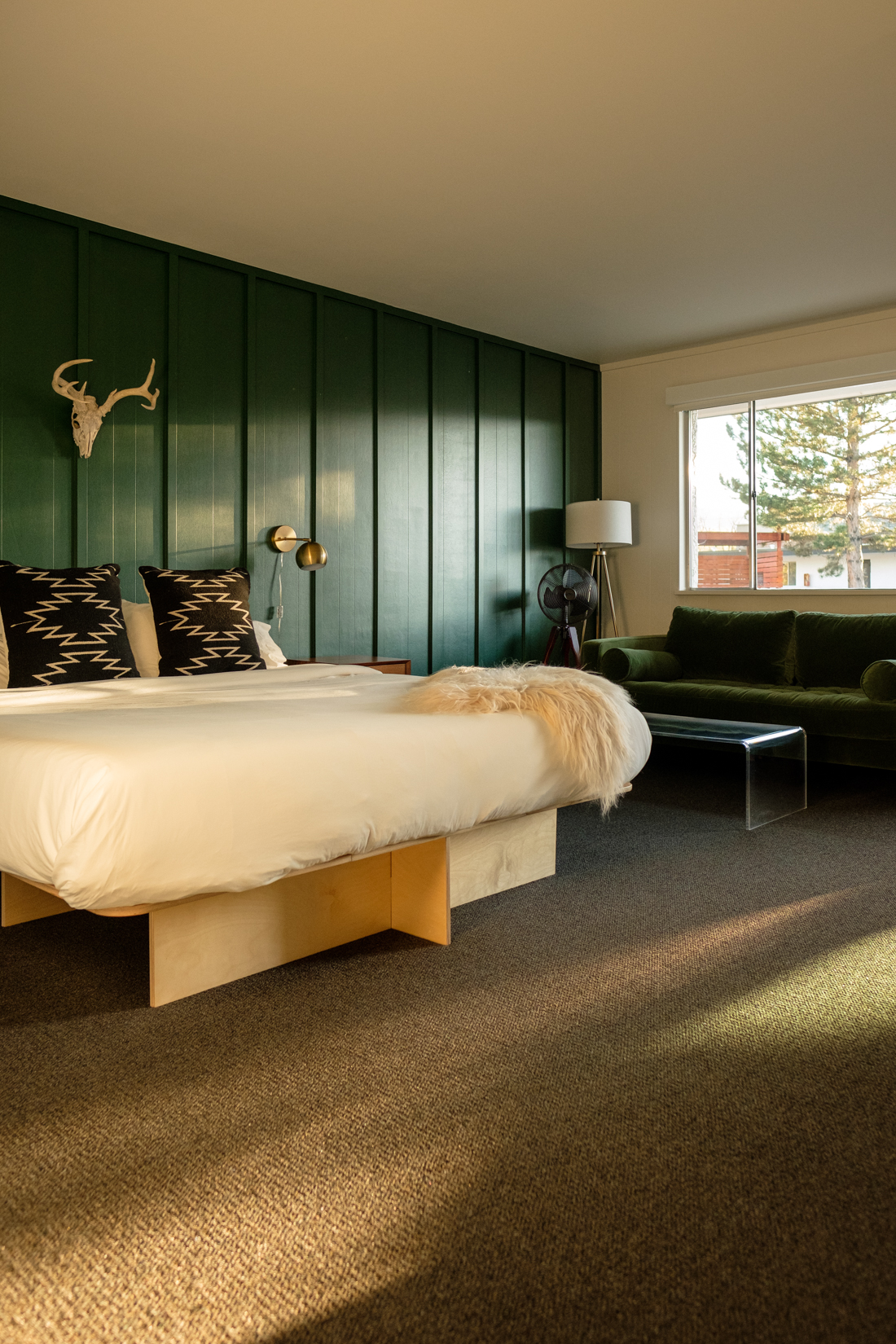White balance.
If you've spent any time with a RAW photo editor such as Lightroom or using a digital camera you have seen something called white balance. Think of this setting as the base line, the constant, for the all of the color that will come out of the camera after actuating it's shutter and processing that ratio of red, blue, and green pixels. If the camera is detecting or is preset to determine "white" as more yellow, green, magenta, or blue it will sway the ratios in that direction. In real world scenarios we can think of this as the effect our own optical processes have (cones and rods and optic nerves and brain stuff) as we walk from outside on a sunny day into one of those gyms that has that strange orange light. If you spend enough time in the orange light gym your brain will compensate and begin shifting all the colors so that the colors you know to be are being perceived as that color. White balance, be it in film or digital, is this concept for photographs; still or moving. Typically digital cameras will have presets that show themselves as icons to simplify this adjustment up front. These look like a "sun," "clouds," "fluorescent tube," or "incandescent light bulb." Each is supposed to reflect the ambient lighting conditions. You would select from these presets depending on the situation you are shooting in. This might be in day light outdoors (the "sun" icon), in an office with that droning fluorescent hum (the "fluorescent tube" icon), or in a space with hipster Edison bulbs (the "incandescent light bulb" icon). By selecting from these options you are telling the camera what temperature, what color, the light is so that "white" is seen as white instead of, say, orange. Digital cameras typically make this process either more involved or less involved with automatic white balance detection and manual temperature adjustment. The manual temperature adjustment is typically denoted by a "K" for Kelvin. Kelvin is a unit for temperature. Typically you will have forgotten what Kelvin is by the time you have finished high school, so I am reminding you. This manual adjustment of white balance is useful when you are in a situation that the camera is being confused because the ambient light in your scenario is actually a combination of "sun," "fluorescent," and "Edison bulb." Basically though, auto will do just fine. Simply having a better working knowledge of light temperature and how it affects the reproduction of color in your end photograph is going to be a game changer in your shooting. Be you a hobby shooter or pursuing a career as a photographer.
Now, for the more advanced shooter that is insisting on shooting and editing RAW files, I implore you, learn how to first read light temperature before hitting that shutter button. It will spare you much annoyance in the editing process. If you can't control the color of ambient lights in your scenario, you are in luck. RAW file editing allows you to adjust your white balance in post. Some of you are rolling your eyes because this is feeling like some amateur hour stuff right here. Believe me, I actually feel similarly a lot of times when I am being sent photographs from people that obviously don't understand this stuff. That's why I typed up all these words. There are still people out there that don't get it.
Photographers, let's be real for a moment. Your camera's auto white balance setting is probably real good, but it's only as good as the information that it's receiving. If you do the work up front to correct the color of your light as best you can, your camera will help you along the rest of the way.






































